Destination Coba Ruins (where the bird icon is)
After arriving back in Playa Del Carmen I hadn’t quite decided what to do on Thursday--I could as planned bird the ruins in the morning and then go back to Cozumel in the afternoon. I could even manage to go to Camino Vigia Chico if I really wanted. Truth be told though, I was exhausted, and I kind of just wanted to relax. So instead of birding on Thursday the 6th I didn’t do anything. Looking back now, I wish I would have--as I would find out the following day, the birding in the Jungle was fantastic. I did get some terrible shots of WHITE-NOSED COATI on my phone in consolation...
White-nosed Coati on the hotel grounds
I packed my bags the night of the 6th--one bag to take birding, and my other bag to head back to Salt Lake. We had a 4pm flight to Phoenix, and a 1pm transfer from the resort to the airport. I had to return my rental by noon, so figured 11am would be safer to give me time to get back to the hotel, shower, repack if needed and then go. I didn’t end up going to bed till after midnight and I woke up wide awake at 4:45am. Instead of waiting 45 minutes for my alarm, I got ready and took off.
The roads were empty along the coast so early. I didn’t really have a plan. My first thought was to go to Tulum but when I got there, it was still closed for 2 hours. There wasn’t much in the way of birding to be done outside the gate, which looks like a parking lot for an amusement park. I decided to risk it and drive the 25 miles inland to Coba, meaning I had to leave a little earlier to come back. Coba are Mayan Ruins in the heart of the Jungle, and if you have a ½ a day to go birding here, you should do it.
As I made my way up the highway towards the ruins, the sun started to hit the roadway. I stopped when I saw a flock of YUCATAN JAYS fly across the road, so I could finally get a picture.
Yucatan Jay with some food in its bill
It was a party with the jays. There was alone GREEN JAY hanging out along with several COUCH’S KINGBIRDS, which I could finally hear singing to help separate from their Tropical cousins. A WHITE-EYED VIREO was dancing along one of the tree branches in the sun. A male and female ROSE-THROATED BECARD were flycatching in the early morning light along the road--it was the first time I had laid eyes on one since 1998 when I saw one at Patagonia Roadside Rest Stop in Arizona. Seeing male and female together was a good sighting for me.
Male Rose-throated Becard
I wanted to stay and bird as there was lots of activity but figured I could do more at the ruins. I drove the rest of the way to Coba where Laguna Coba (Coba Lake) broke the landscape of the jungle, reflecting the trees and sky creating a beautiful scene.
Coba Lake at Sunrise
There were also a few birds here like PIED-BILLED GREBE which each time I saw one got my heart racing in hope of a Least Grebe. There were quite a few GREAT-TAILED GRACKLES along the edges, as well as one of the most odd waders around--the LIMPKIN. One was relatively close for photos, albeit in poor light.
Limpkin on the side of the road
I parked my car near the entrance to the park which didn’t open till 8am as I would find out--I had an hour so decided I could look for some other birds. I headed back to the lake and pulled out my phone to play the call for Ruddy Crake. Almost instantly I had 2 RUDDY CRAKES responding to the playback from the reeds choking the shallows. I then caught a glimpse of LEAST GREBE in a hurry to hide before I could get my camera on it for a shot. After realizing there were no other birds on this side of the road, I headed back to the parking area and started imitating a pygmy-owl. The birds started freaking out. A WHITE EYED VIREO came in to the call not happy at all. A BANANAQUIT and a MAGNOLIA WARBLER were also quite unhappy. A BUFF-BELLIED HUMMINGBIRD flew in to check out the commotion before realizing it was a goofy human.
Flooded Parking lot at Coba Ruins
I headed over to the flooded and closed main parking area and walked the edge of it. There were lots of birds, including a few from up north that included 3 ORCHARD ORIOLES. A KILLDEER seemed surprisingly in place on the edge of the flooded lot, despite being in the middle of the jungle. A number of BRONZED COWBIRDS which happened to be a life bird as well were present in the general vicinity too.
Bronzed Cowbird in the distance
On the south edge of the lot was some type of tree that had a lot of activity. There was a pair of SOCIAL FLYCATCHERS along with a NORTHERN PARULA, a female SUMMER TANAGER, and a HOODED ORIOLE feeding here. The best birds for me however were 2 GRAYISH SALTATOR--one of two species of Saltator I had hoped to see here.
Lifer Grayish Saltator near the park entrance
After what seemed like ages the front gate looked like it was starting to open--despite the posted opening time of 8am, it was closer to 8:15 by the time they finally invited me to pay the meager entrance fee (about $3.50), and sent me on my merry way into the ruins. There was mist in the jungle, creating a really cool scene as I walked towards the first opening where I could hear the activity buzzing.
Ruins at Coba through the trees and mist
The actual grounds of Coba stretch several kilometers, and I realized that with only about 90 minutes to bird, I didn’t have enough time to really check things out. I spent the majority of those 90 minutes right inside the entrance where the flurry of activity kept me busy. The first lifer I spotted was a pair of YELLOW-WINGE TANAGERS. I always enjoy adding tanagers to my life list.
Yellow-winged Tanager high in the canopy
Above me I could hear drumming, it took a while to find the LINEATED WOODPECKER making the racket. This was the 3rd individual of this species I’ve seen, while all the other larger tropical woodpeckers continue to elude me. There were lots of birds singing that I couldn’t ID--one of the frustrations of the jungle. I moved to an area where one large tree seemed to be the center of attention. There were several warblers in the tree, as well as several of the aforementioned tanagers. 5 larger birds flew in, that I immediately recognized as the other Saltator, the BLACK-HEADED SALTATOR.
Black-headed Saltator have a stunning pattern
For the next 30 minutes while I watched this tree these birds made all sorts of racket. They were joined by others, included YELLOW-BILLED CACIQUES calling from the trees lining the ruins. Somewhere in the trees a GARTERED TROGON was calling, eventually flying into the large tree in the sun where it sat in several different spots, sort of allowing for photos, despite the hard angles to take actually capture pictures from.
Gartered Trogon perching in the open
A YUCATAN WOODPECKER and pair of MASKED TITYRAS passed through, as well as some LESSER GREENLETS. Something flycatching in the woods caught my attention--when I finally found it I was excited that it was a GRAY-COLLARED BECARD, another lifer. About the same time I heard a call I didn’t recognize and found my lifer RUFOUS-BROWED PEPPERSHRIKE. This species had been a tropical nemesis since my first trip to central America 4 years ago. After the excitement of a pair of lifers in 5 minutes I headed back to the big tree where a YELLOW-THROATED EUPHONIA pair had arrived--the female was far more cooperative for getting photos than the male.
Female Yellow-throated Euphonia
I checked my phone and saw it was fast approaching 9am and decided to check out the main road from the ruins I was at to the rest of the site.
Spider Web in the morning light along the path
Squirrel Cuckoo overhead along the trail
While watching the cuckoo I heard what sounded like a trogon, but wasn’t sure which kind. I pulled out my phone and flipped to BLACK-HEADED TROGON which was the first one on my playlist. It matched to a tee. I walked a little ways into the trees and could hear at least 2 birds dueting or competing. Eventually they both flew into view, but were too obstructed for photos. Instead I put a mic on my SLR and recorded a few short snippets of the song--which I uploaded to Xeno-Canto given that it was a good recording.
I checked my phone and it was well after 9:30am--I had to go. I was frustrated that I hadn’t come the day before--I easily could have spent several more hours here--at least. I headed back to the entrance, bought some gifts from the shop and hit the road. I made it back into Playa Del Carmen just before 11:00am and had to find the rental return the good old fashioned way of reading street signs, since the GPS just so happened to not have the address in it. I eventually found the joint, dropped the car off and snagged a ride back to my hotel. And that’s about it.
Looking back at the week, I regretted not taking full advantage of some of the birding opportunities I had. Being alone in Mexico and not knowing the area, I was weary of stopping on the side of the road and wandering too far off the beaten path. There were times when I said to myself, “If I were birding with friends I would totally stop here for 30 minutes…”. Now that I’ve been, I would be less hesitant in the future, and also knowing where I had a lot of birds, it would like change how I did certain things. Everything considered I actually did about 10 species better on lifers than I expected. I ended with 51 new life birds in the 4 days--7 of which were endemic or near endemic. I did some major cleanup on common tropical birds I had missed in previous trips to the tropics, and I saw 11 of the 15 targets I really hoped for. It was a great birding trip and really showed me what the Yucatan had to offer!
15 life birds at Coba / 51 total trip life birds / 170 total trip species
Photos from Coba Lake and Ruins
http://www.timaverybirding.com/photos/thumbnails.php?album=1147
eBird Checklists:
Carretera 109 south of Coba
Laguna Cobá
Ruinas Cobá
Labels: life birds, listing, Mexico, Travel

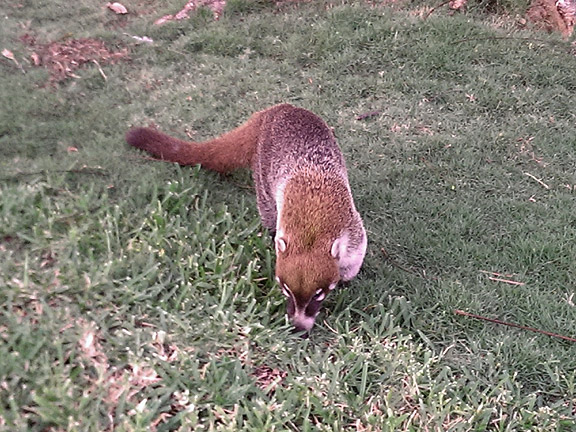
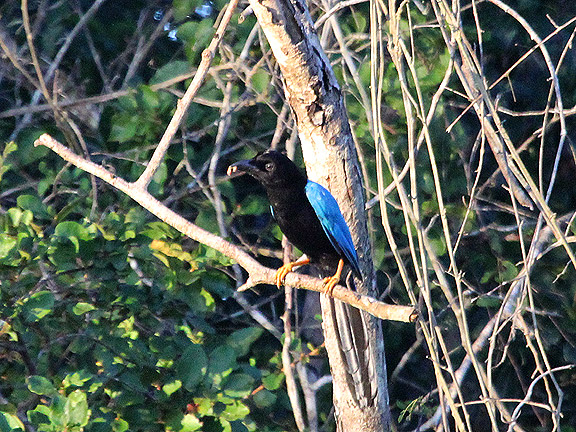
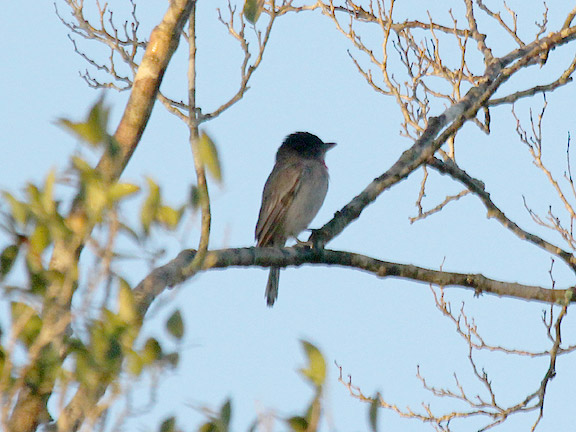
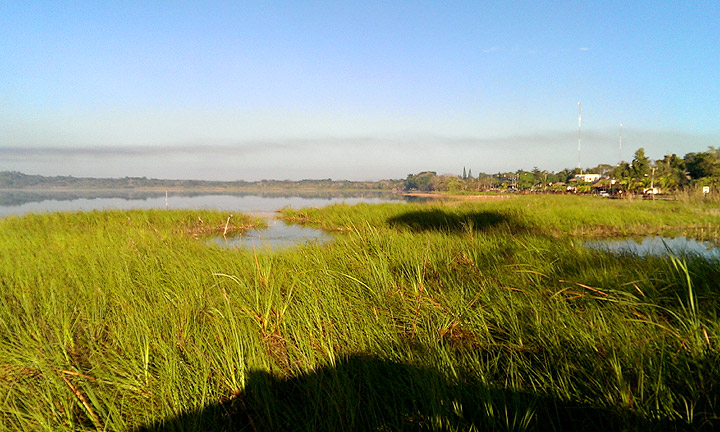
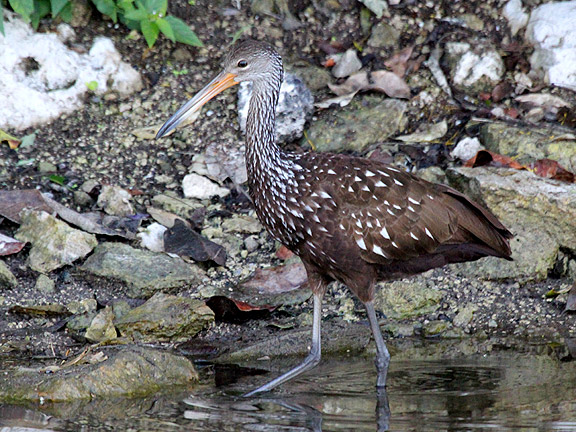
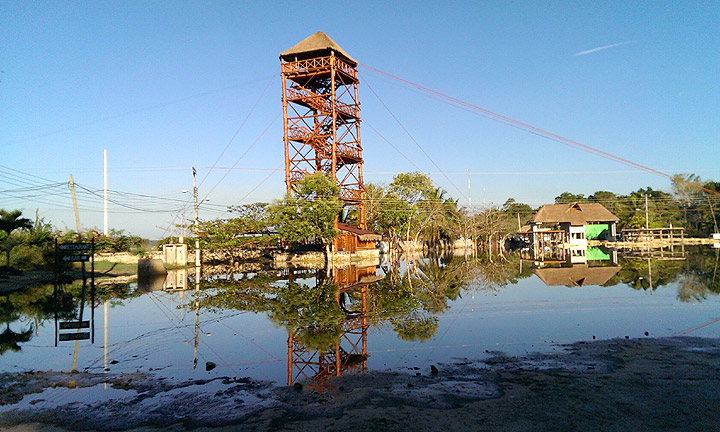
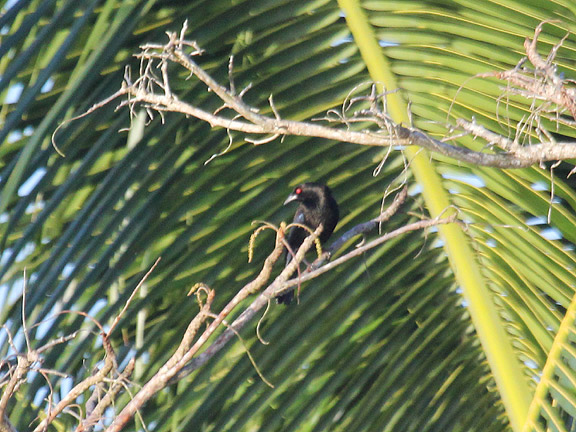
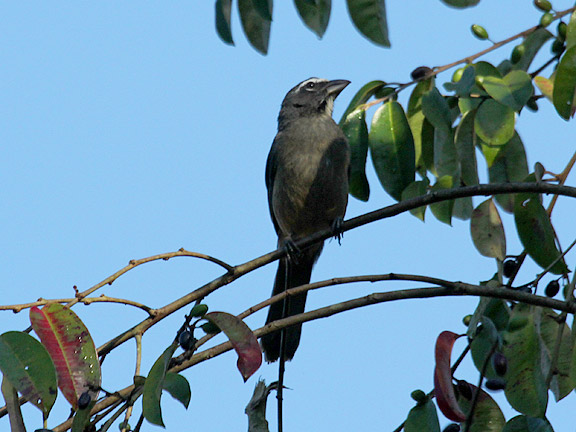
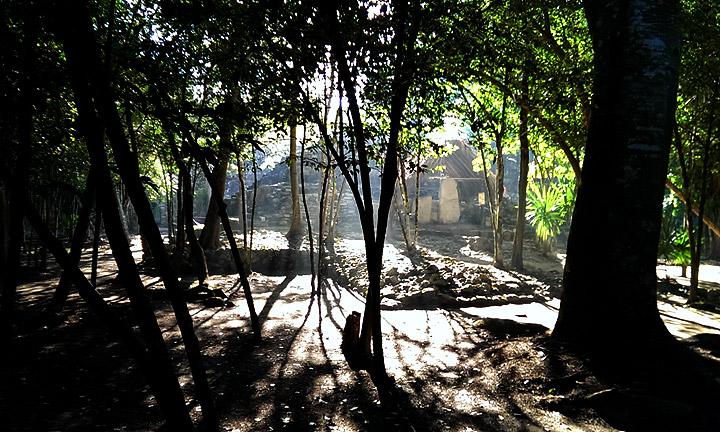
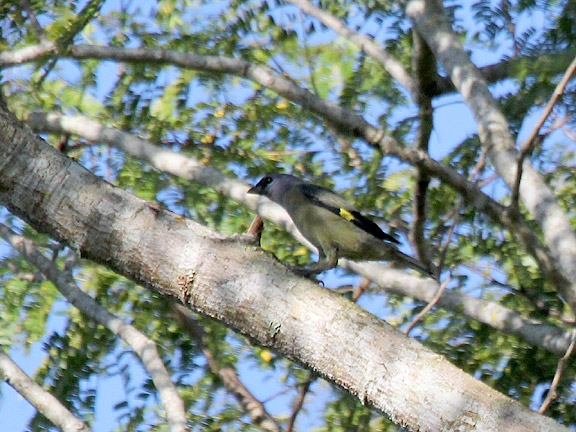

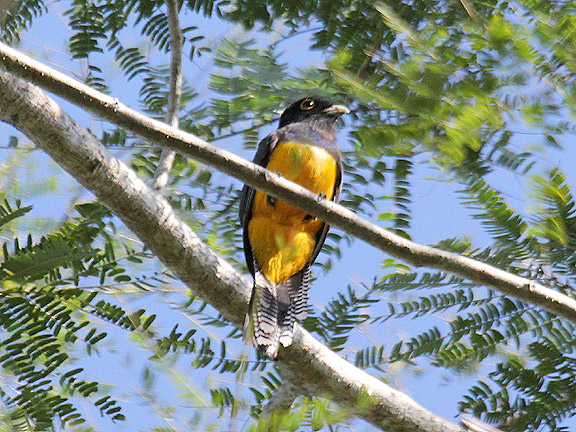


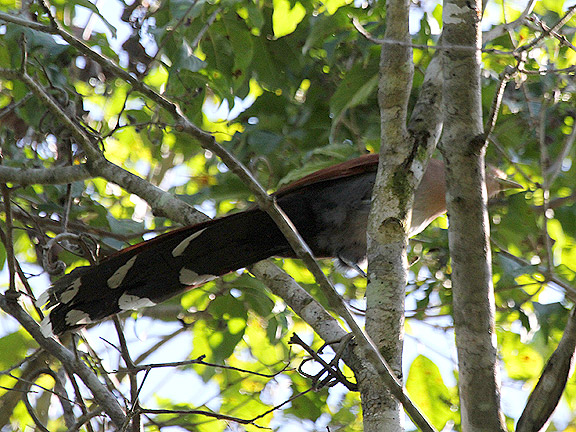

3 Comments:
Well written report. I like the taped call of the trogon to.
@anonymous: Thanks! I want to record more songs, but its hard to focus on that when you want to see the new birds--so I am happy with the few recordings I do get.
I'm not a Utah birder but I really enjoyed this 3 part Yucatan series. I'm headed to Cancun at the end of October and trying to figure out how to spend my time.
Post a Comment
Subscribe to Post Comments [Atom]
<< Back to Previous